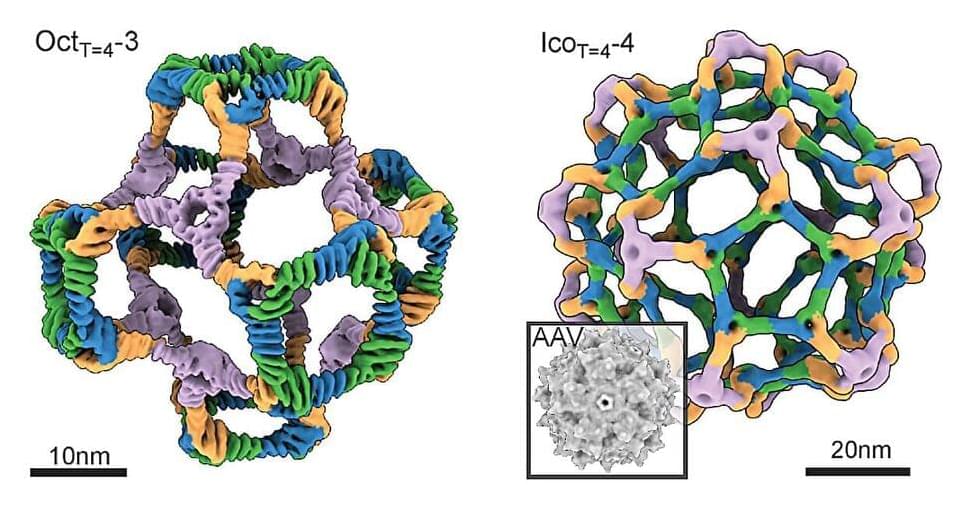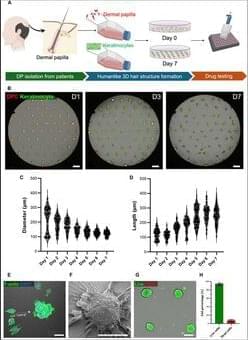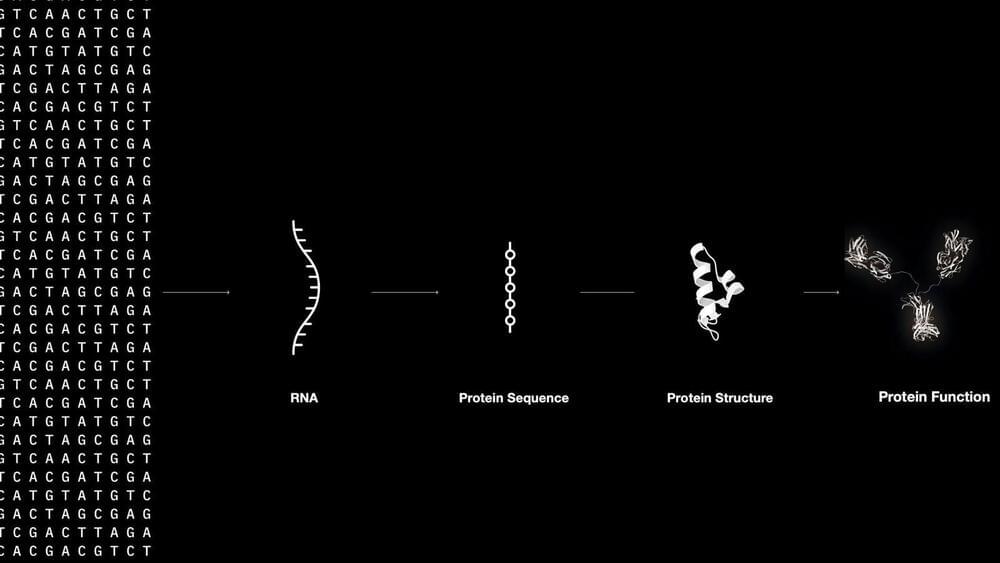Researchers have developed an innovative therapeutic platform by mimicking the intricate structures of viruses using artificial intelligence (AI). Their pioneering research was published in Nature on December 18.
Viruses are uniquely designed to encapsulate genetic material within spherical protein shells, enabling them to replicate and invade host cells, often causing disease. Inspired by these complex structures, researchers have been exploring artificial proteins modeled after viruses.
These “nanocages” mimic viral behavior, effectively delivering therapeutic genes to target cells. However, existing nanocages face significant challenges: their small size restricts the amount of genetic material they can carry, and their simple designs fall short of replicating the multifunctionality of natural viral proteins.









